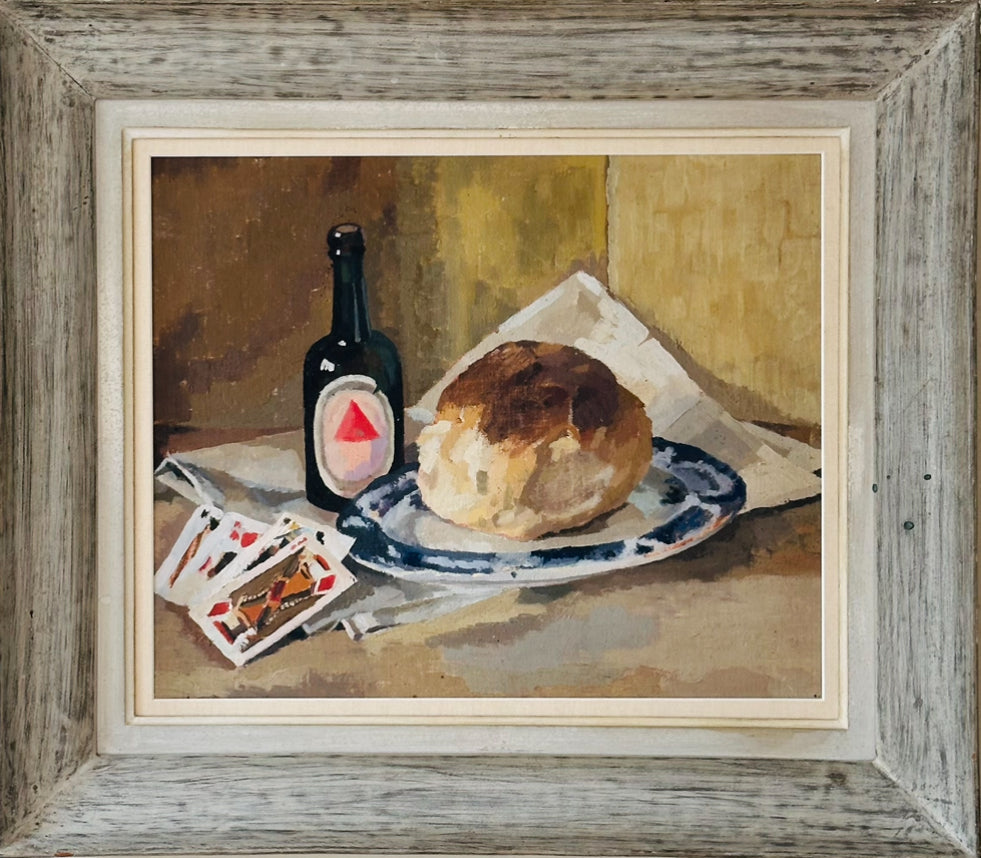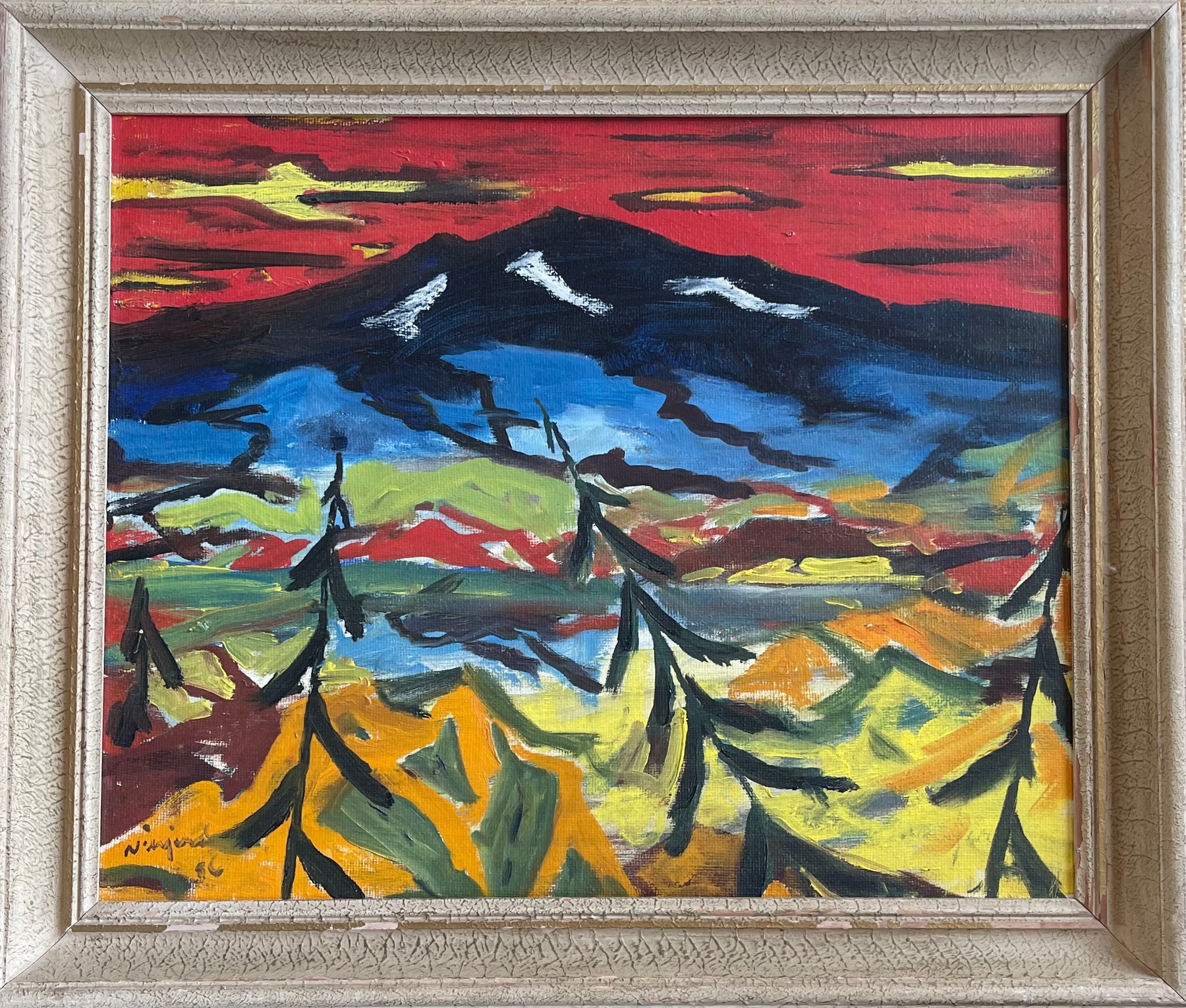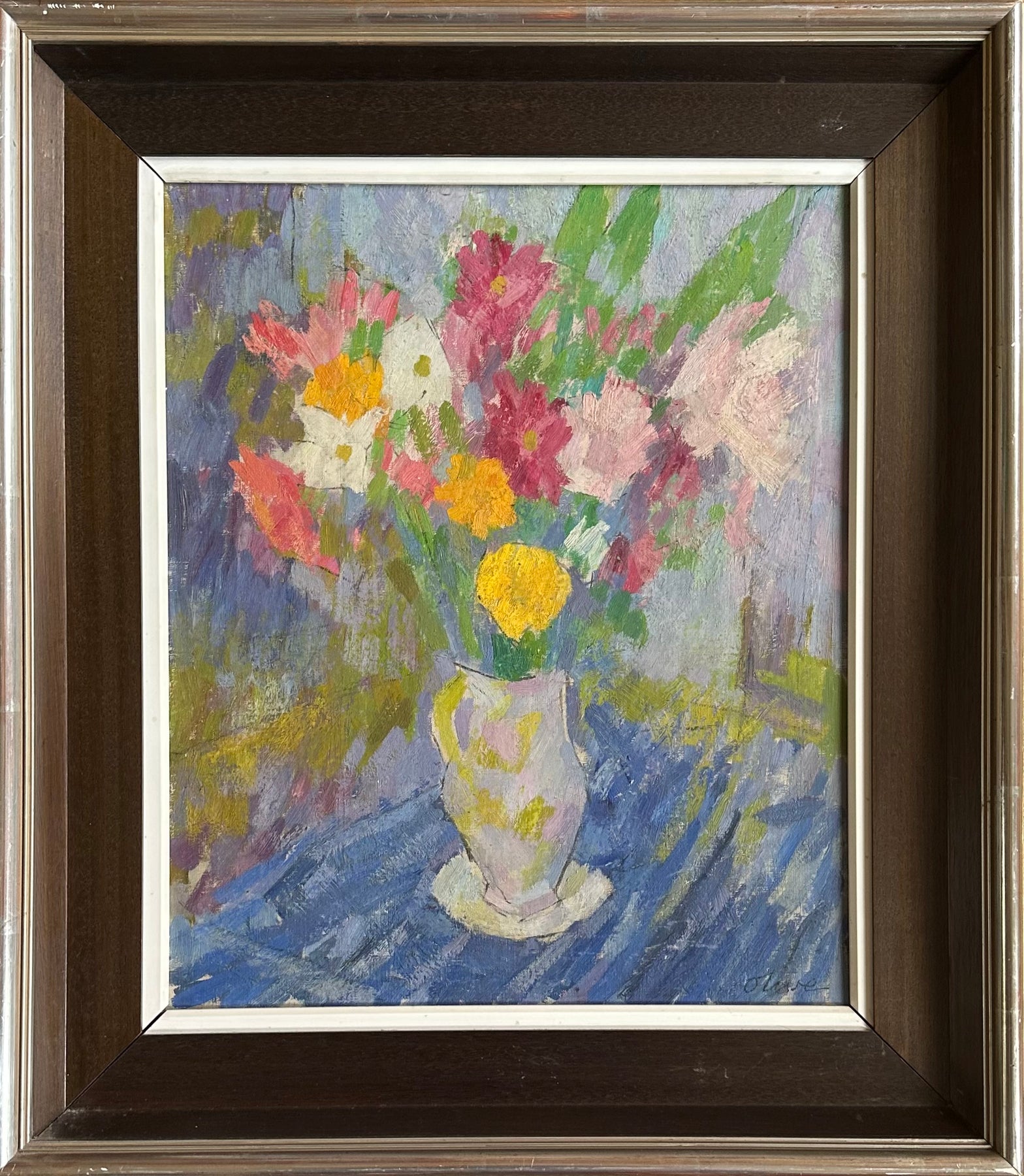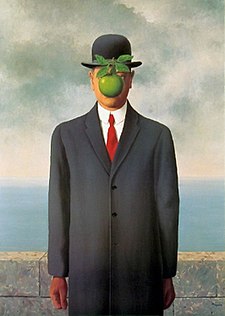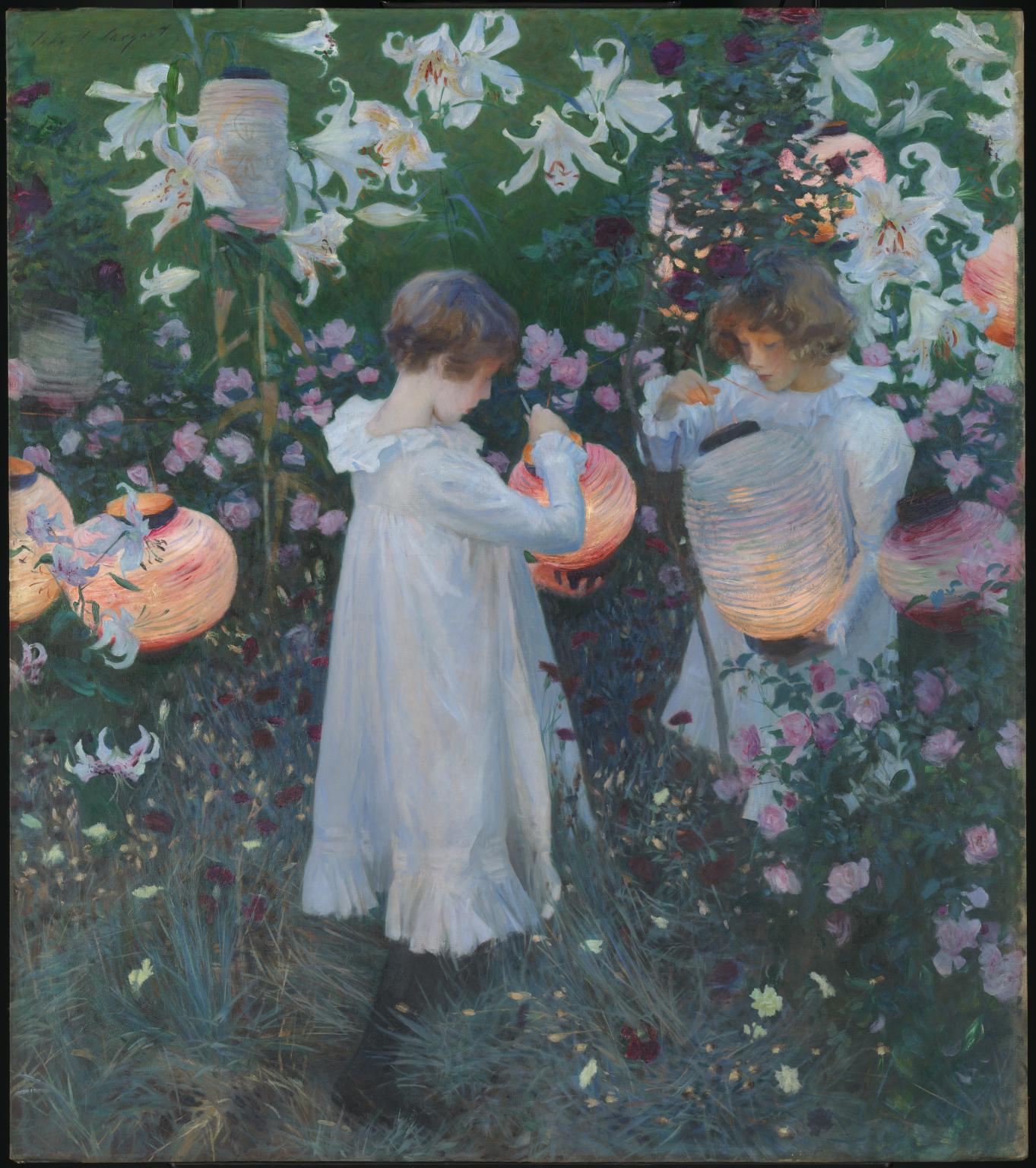Synaesthesia and Art
Have you ever heard someone say that they can 'see' music? What about thinking in colour? Synaesthesia is a certain way some people process sensory experiences where senses become conflated with one another. There are many different types of synaesthesia thanks to the number of senses we have and the difference combinations that can arise. Did you know some people can even 'taste' sound? This article will look at artists such as Wassily Kandinsky who were self-proclaimed synaesthetes, the different types of synaesthesia, and how we can experience this phenomenon in our day-to-day life.
Synaesthesia in Art

'Yellow-Red-Blue' by Wassily Kandinsky, painted 1925, oil on canvas. Musée National d'Art Moderne, Paris
Many artists experience synaesthesia and incorporate it into their work like Wassily Kandinsky. in his book 'On the Spiritual in Art' he outlines how he could hear music and create visual artworks where form, line, and colour represent different notes and harmonies. Kandinsky believed this skill was universal; he thought that he could paint an artwork which would bring a symphony to life in the viewer's mind. Despite this being a very difficult task, it was this approach which pioneered the beginnings of abstraction in painting.
Synaesthesia in Music

'Swing Landscape', painted by Stuart Davis, 1938. Indiana Art Museum, Bloomington, Indiana.
Much like visual artists, many musicians experience synaesthesia. Jazz pioneer Duke Ellington experienced sound as colour, and would "see'" sounds and "hear" colours. This meant compositional practice in his mind was visual . Synaesthesia is especially helpful when considering the improvisational aspect of jazz music; Ellington was able to feel the music through colour on the spot during a jazz session. Artists such as Stuart Davis, as pictured above, used a wide variety of shapes and colours to represent the bustling movement and environment of jazz music in 1930s America.
Unusual Types of Synaesthesia
'Bread and Beer', unknown artist, oil on board in vintage frame. Available at Collins & Green Art. Click the image for more information.
As well as seeing colours associated with sound and words, synaesthesia can also affect how someone processes taste. Some people can 'taste' words, and describe the letter 'z' as tasting of chilli peppers, for instance. Others can 'smell' colours or words; these unusual crossovers of senses are thought to originate in neural connections in the brain. It is also thought that different areas of the brain are responsible for different types of synaesthesia; for instance visual synaesthesia is usually rooted in the visual cortex of the brain. There are thought to be over 80 types of synaesthesia, which all include these crossovers of sensory experiences.
Synaesthesia in our Everyday
'Blue Mountain', unknown artist, oil on board. Available at Collins & Green Art, click the image for more information.
Why do we describe a jealous person as being 'green with envy', and why it is completely normal for our bathroom taps to have red and blue signifying hot and cold? Why does the colour of the sky affect our mood? Although limited to colour synaesthesia, there are colour symbols in our everyday lives which affect how we process colour in our minds. Of course, the previous example of so-called lexical-gustatory synaesthesia, where one can taste words, is rather rare, it is important to note that it is quite natural for our senses to cross over from time to time.
Final Thoughts
'Bright Spanish Flowers' signed Domingo Olivé Busquets (1892-1959), oil on canvas. Available at Collins & Green Art, click the image above for more information.
This article has mostly focused on colour synaesthesia, as it is most obvious in artworks which engage with music and sound. However, I hope this piece has brought other forms of synaesthesia to light which you may have never considered. It is fascinating to see other people's artistic processes and how they reflect how someone's mind really works. Synaesthesia continues to inform artistic practice today, from pop music to interior design. Colour deeply influences how we feel and act, and will continue to do so.
Written by Eloise Saggers, Collins & Green Art

